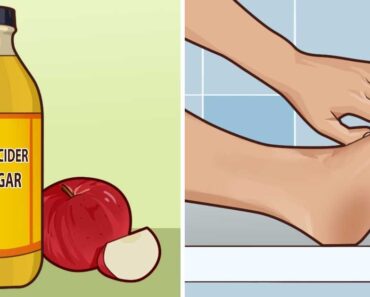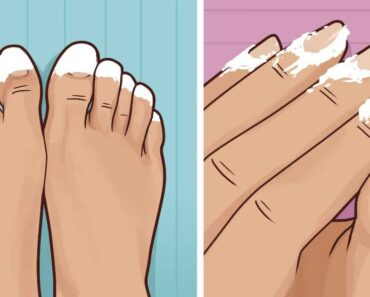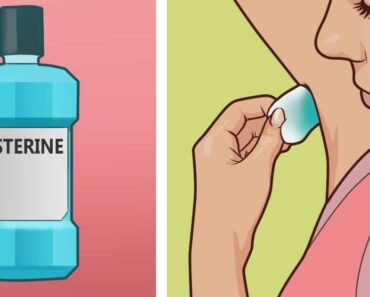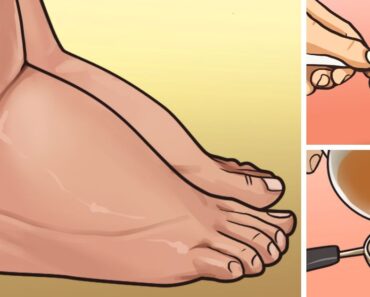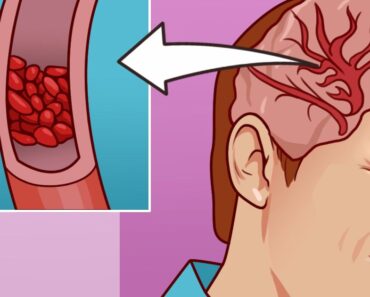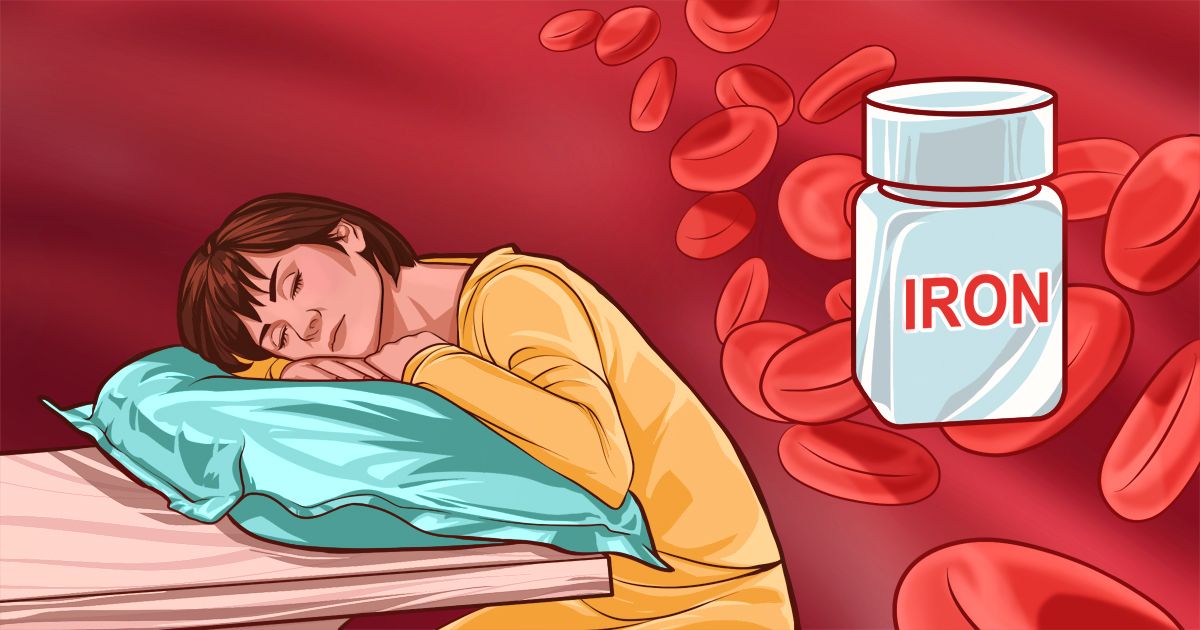
©remedydaily
Iron deficiency anemia occurs when the body experiences a shortage of hemoglobin, the vital component responsible for enabling red blood cells to transport oxygenated blood throughout the body. This condition arises when there is an insufficient amount of iron available to support hemoglobin production. Factors contributing to anemia include chronic blood loss, inadequate dietary intake of iron, pregnancy, or impaired iron absorption. Chronic blood loss encompasses scenarios such as menstruation and gastrointestinal bleeding.
In the following sections, we will delve into more than 11 common signs that may signify iron deficiency.
1. Exhaustion

Persistent exhaustion, regardless of adequate sleep, can be indicative of iron deficiency anemia. If you find yourself constantly feeling fatigued, it is crucial to maintain a sleep log to monitor your sleep patterns. This will enable you to assess whether you are consistently obtaining the recommended seven to nine hours of sleep per night, which is essential for adults to maintain optimal well-being.
2. Lack of appetite

The state of exhaustion often accompanies a diminished appetite due to reduced energy levels. It is not uncommon to experience a lack of interest in food. However, it is advisable to make an effort to consume iron-rich foods, even if you don’t feel hungry. Consider incorporating high-iron options into your diet and observe if your body responds positively with an increase in energy levels after a few days. This will help gauge whether the intake of iron-rich foods has a beneficial impact on your overall energy levels.
3. Cold extremities

If you frequently experience cold hands and feet, independent of any underlying medical conditions like diabetes, it could be an indication of anemia. While you may feel otherwise well, the persistent coldness in your extremities may suggest a potential deficiency in iron levels. Anemia can affect circulation, leading to reduced blood flow to the hands and feet, resulting in the sensation of coldness.
4. Peeling or brittle nails

Nails, like the skin, rely on an adequate oxygen supply to maintain their health. In cases of insufficient hemoglobin, which prevents oxygenated blood cells from reaching their intended destinations, nails may exhibit signs of distress such as peeling or brittleness. The compromised oxygenation can adversely impact nail health and contribute to these undesirable conditions.
5. Pale skin

©SHUTTERSTOCK
A pallid complexion is often attributed to diminished blood flow and a lower concentration of oxygenated red blood cells. This can manifest as an overall paleness across the entire body or localized to specific areas such as the face or arms.
6. Unnatural “food” cravings

Iron deficiency anemia can sometimes manifest as unusual cravings for non-nutritive substances like dirt or starch. These cravings, known as pica, are considered abnormal and may be indicative of the body’s attempt to compensate for the lack of essential nutrients, including iron. However, it is important to refrain from indulging in these cravings, as they do not provide the necessary nutrients and can pose potential health risks.
If you experience such cravings, it is advisable to seek medical attention promptly. Consulting a doctor will enable proper evaluation and diagnosis of the underlying cause, allowing for appropriate treatment and management of iron deficiency anemia.
7. General weakness

In addition to fatigue, a pervasive sense of weakness throughout the body can be an indicative symptom of iron deficiency. If you find yourself struggling to perform tasks that would typically require minimal effort or feel exhausted after simple activities like walking, it is advisable to consult a doctor for an iron level evaluation.
Having your iron levels tested by a medical professional will help determine if iron deficiency is contributing to your symptoms of general weakness. With a proper diagnosis, appropriate measures can be taken to address the underlying cause and enhance your overall well-being.
8. Lung and heart issues

Anemia can potentially give rise to respiratory and cardiovascular issues. Symptoms such as difficulty breathing, rapid or irregular heartbeat, or palpitations may indicate the presence of anemia. Insufficient oxygen levels in the blood necessitate the heart to exert additional effort to compensate for the deficit.
If you experience any of these lung or heart-related symptoms, it is crucial to seek medical attention promptly. A thorough evaluation by a healthcare professional can help determine if anemia is contributing to these issues, enabling appropriate management and treatment to alleviate the associated symptoms and address the underlying cause.
9. Headaches and dizziness

Anemia can often manifest through symptoms such as headaches, dizziness, and a persistent feeling of lightheadedness. The reduced oxygen-carrying capacity of the blood due to low hemoglobin levels can lead to inadequate oxygen supply to the brain, resulting in these discomforting sensations.
If you frequently experience headaches, dizziness, or a persistent feeling of lightheadedness, it is advisable to consult a healthcare professional. They can evaluate your symptoms, conduct appropriate tests, and determine if anemia or any other underlying factors are contributing to these sensations. Prompt medical attention will facilitate proper diagnosis and enable the implementation of an effective treatment plan to alleviate these symptoms.
10. Tongue ulcers

Iron deficiency can impact the condition of the tongue as well. Insufficient hemoglobin levels can cause the tongue to appear pale, similar to the effect on the outer skin. Additionally, a deficiency in iron may contribute to the development of mouth ulcers or cracks around the mouth.
If you notice a pale appearance of your tongue or experience mouth ulcers or cracks, it is advisable to consult a healthcare professional. They can assess your symptoms, evaluate your iron levels, and provide appropriate guidance and treatment to address the underlying iron deficiency and alleviate the associated oral concerns.
11. Delayed growth in children

Iron deficiency anemia can have significant consequences on the growth and development of children. It can result in stunted growth, meaning that children may not reach their expected height or weight milestones within the typical timeframe. Furthermore, anemia can contribute to developmental delays, affecting cognitive and motor skills.
If you have concerns regarding the growth or development of your child, it is crucial to consult with a pediatrician. They can assess the situation, conduct appropriate tests, and evaluate the child’s iron levels. With a proper diagnosis, the pediatrician can recommend appropriate interventions, such as dietary changes, iron supplementation, or further medical treatment, to address the iron deficiency anemia and support healthy growth and development in children.

